Your car's tires play many valuable roles in the safety and function of your vehicle — from helping you navigate twists, turns, and stops like a pro to carrying the full weight of your car. That's why it's important to pay special attention to these essential components.
Fortunately, maintaining the proper tire pressure on your vehicle is one of the easiest yet most effective ways to care for your car tires. Learn how to check air pressure and inflate your tires with this helpful guide.
Underinflated tires can not only reduce fuel efficiency, but it can also run the risk of getting into an accident, losing proper steering control, damaging various components of your vehicle, and more. If you notice that your tire's air pressure levels have dropped, it's best to prioritize inflating them as soon as possible.
Checking your vehicle's tire pressure is a relatively simple task. You'll want to start by purchasing a tire gauge. These vary in price depending on the type you choose (i.e., digital, basic, etc.) but can usually be found for well under $40. It's also essential to keep a tire gauge on hand, as some gas station air hose gauges are not always accurate. Many modern cars and trucks also display the tire pressure for each tire on the dashboard. Once you have your tire gauge in hand, it's time to determine the proper pressure for your vehicle.
Find the correct inflation level. To do this, you can either look for the recommended pressure on the sticker within your driver's-side door jamb or consult your car owner’s manual. This is the tire pressure specification when the tires are cold, meaning not driven for a few hours.
Remove the valve stem cap from your tire. Some cars and trucks have green valve stem caps with an “N” on them - this means the tire is filled with nitrogen instead of air (air is mostly nitrogen). If your tires have these green valve stem caps, you can find some special stations that dispense nitrogen, but be aware that you can use normal air as well. The inflation pressure specifications are the same regardless if the tire is filled with air versus nitrogen.
The inflation pressure specifications are the same regardless if the tire is filled with air versus nitrogen.
Connect your air pressure gauge to the tire’s valve stem until you receive a reading.
If the pressure level number seems unrealistic, remove the gauge and try again. This time, ensure that the indicator is connected firmly to the valve stem.
It's not always possible to tell if a tire is underinflated by giving it a quick once over. So, check your PSI levels with a gauge each month and after extreme temperature changes. You'll also want to check your pressure levels when your tires have had time to cool down since air expands within your tires while driving.
Filling your tires with air at a gas station is relatively simple. Bring your tire gauge and some spare change since some are coin-operated and are not always accurate in their pressure readings. Try to make this the first stop if you are running errands so that your tires are still relatively cool from sitting for a few hours. Then, follow these steps:
Then, follow these steps:

Can't find an air filling station near you or just want some help? Head to your local Firestone Complete Auto Care. We'll give you a free tire inspection and refill your tires free of charge. And if you need new tires, we've got you covered there too!
You may have decided to inflate your car tires at home rather than going to a gas station.
Or, maybe your car tires have betrayed you just before you are going to start a long drive, you don’t even have time to go to a gas station.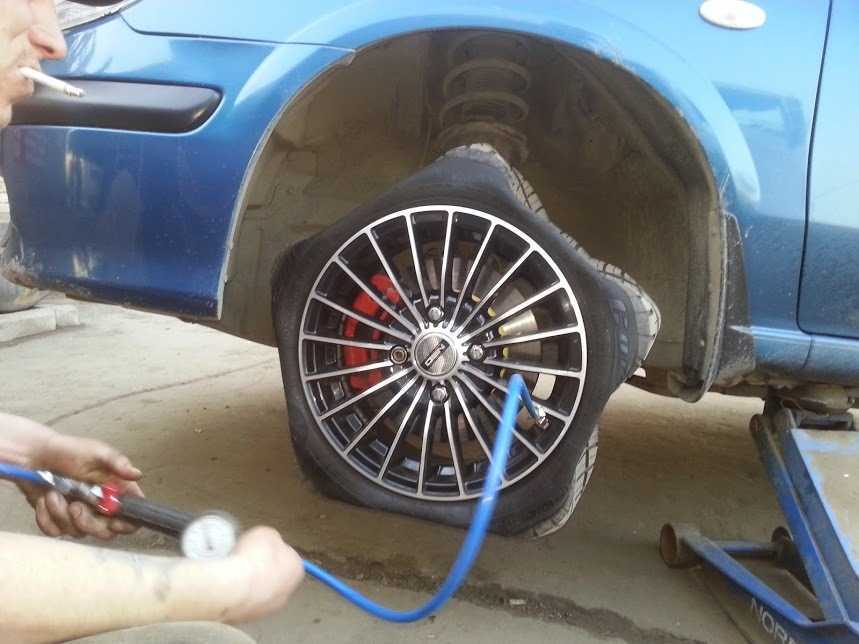
Whatever your trouble is, we are going to help you to fix it. After reading this, you’ll get a clear answer of how to Put Air in Car Tires at home.
See, what’s exactly there for you.
What Things Will You Need?Only three items you will need to inflate your tires. Let’s see what are those-
That’s it! Let’s go for the steps.
Table of content:
We will show you how to inflate a car tire without a pump.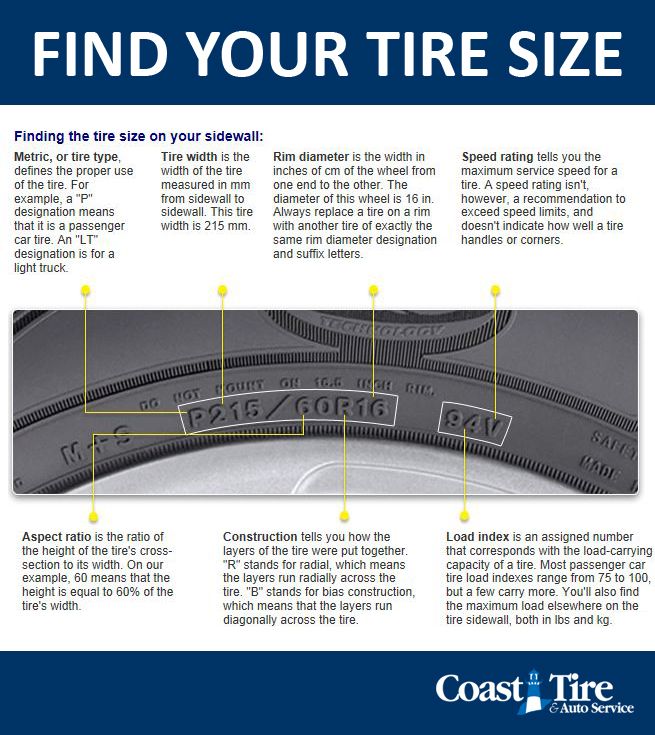 This will be easy and won’t take much time. Now, Look over the following steps.
This will be easy and won’t take much time. Now, Look over the following steps.
Eyeballing isn’t enough, use a pressure gauge to check the tire pressure. There are three types available pressure gauge in the market-
We recommend you to use the last one, digital type pressure gauge. This one will provide you the accurate readouts of current pressure.
Step-2: Find the recommended pressure levelIn this step, you will need the user manual that was given by the manufacturer. You can also find it on a yellow sticker in the door jamb on the driver’s side.
The normal range is from 195 to 250 kPa (kilopascals) or from 28 to 36 psi (pounds per square inch).
Step-3: Check the tire pressureBefore you start inflating the tires, check their pressure with the tire gauge you picked before. How to do this?
A black/silver colored valve stem cap is positioned on your car tire.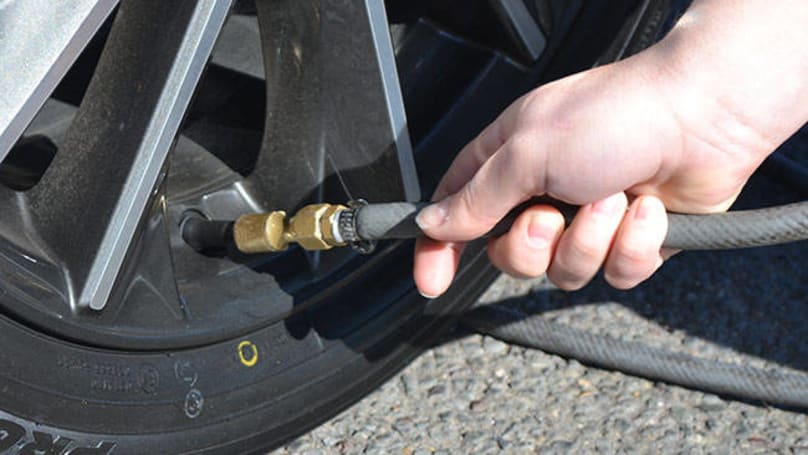 Remove the cap and keep it in your pocket so that you don’t lose it.
Remove the cap and keep it in your pocket so that you don’t lose it.
Now, press down the open end of the tire gauge onto the valve stem. You have to hold it firmly before getting a hissing sound because of releasing a little amount of air. Note down the readings that are shown by the tire pressure gauge.
For details, you may learn how to check tire pressure yourself.
Step-4: Calculate how much pressure you need to addIt’s time to determine how much air you will add to the tires. You have to compare the recommended PSI (set by the manufacturer) with the pressure you found in the gauge.
Subtract the current pressure readout (you’ve got from the gauge) from the standard PSI. You will find the needed amount of pressure.
Step-5: Inflate the tiresBefore inflating, two more words for you. We are using a tire inflator here instead of a compressor. Because tire inflation doesn’t demand a higher PSI. Moreover, the tire inflators are handier and cheaper than air compressors. Now, turn on your tire inflator. Place the air hose nozzle fitting on the valve stem and press the lever down. You will hear a hissing when the air starts flowing through the hose.
Now, turn on your tire inflator. Place the air hose nozzle fitting on the valve stem and press the lever down. You will hear a hissing when the air starts flowing through the hose.
But, if you notice the air is going around the valve then sorry, you don’t have a tight connection. Make it tighter and go for the other three tires.
Step-6: Read the air hose gaugeRead the gauge now to know whether you’ve reached close to the right amount or not. We mentioned the recommended level earlier. More specifically, the perfect amount of pressure is about 32 psi.
Step-7: Replace the stem capLastly, you need to replace the stem cap if the tires are properly inflated. Now sit back, buckle up and enjoy your ride.
6 Additional Hacking Tips for YouThese tips will help you to be aware of some factors that you must need before inflating your car tires.
1. When you check the tire pressure, make sure the tires are cooled down. Tires get hot on the road (for the fraction). So what? Well, warm air will add false pressure readings in your tires.
Tires get hot on the road (for the fraction). So what? Well, warm air will add false pressure readings in your tires.
Note it down that, at least 30 minutes needed to cool down the tires. So, check after 30 minutes from stopping the car.
2. Under-inflation causes permanent damage for your tires. When the tires get too hot, the rubber begins to degrade which leads to a rupture in the sidewall of the tires.
So, be careful and inflate the tires exactly when it’s needed.
3. In case you carried cargo or carpool today, we recommend that you fill in some extra air in your car tires to offset the extra weight.
Remember, whenever you add extra pressure to the tires, don’t ever exceed the level that is provided by the car manufacturer.
4. Check the pressure at least once in a week and run the pressure a bit higher than recommended, about 15% higher.
5. Suppose, the max pressure for your car tires is 44 PSI.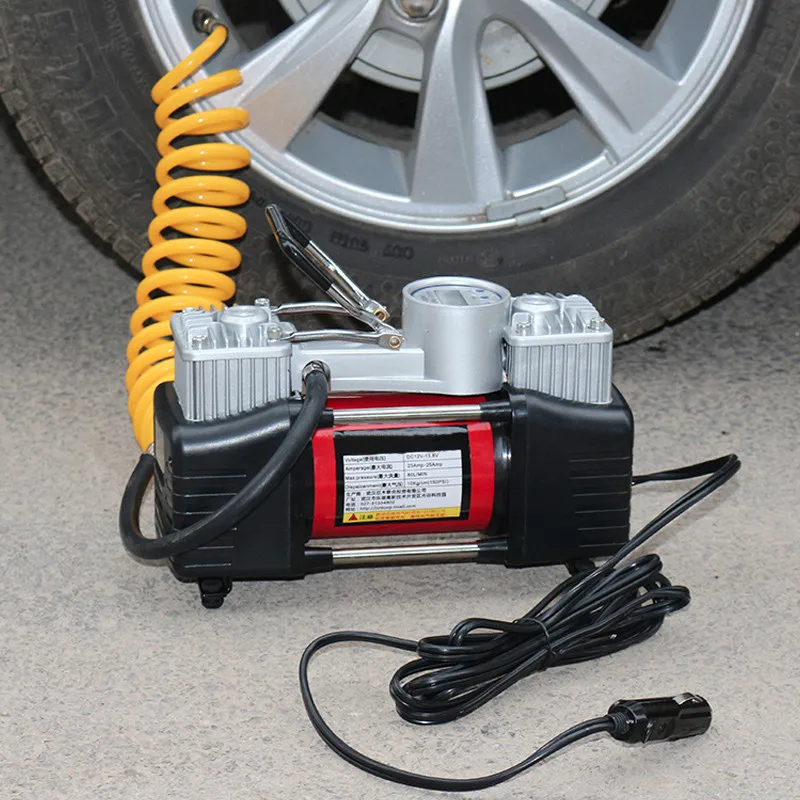 Don’t go by the max, go by the recommended pressure. It will offer you to get slightly better gas mileage. Moreover, the car will have less traction as less tire surface is in contact with the road.
Don’t go by the max, go by the recommended pressure. It will offer you to get slightly better gas mileage. Moreover, the car will have less traction as less tire surface is in contact with the road.
6. In case, you inflate pure nitrogen gas into the tires instead of air, no need to think much. The ways are the same as inflating air into it.
But yes, there are several compelling reasons to use pure nitrogen gas. Surety of more stability of your tire pressure over the long term is one of them.
ConclusionWe are at the cut-off point. We hope the information will help you to get the job done.
In the end, you surely have a crystal clear idea about how to put air in car tires at home. Read the instructions carefully and keep your eyes open while going through the steps, okay?
Happy DIY day!
A lot of articles on the topic "How to pump up a tire without a compressor" roam the Internet.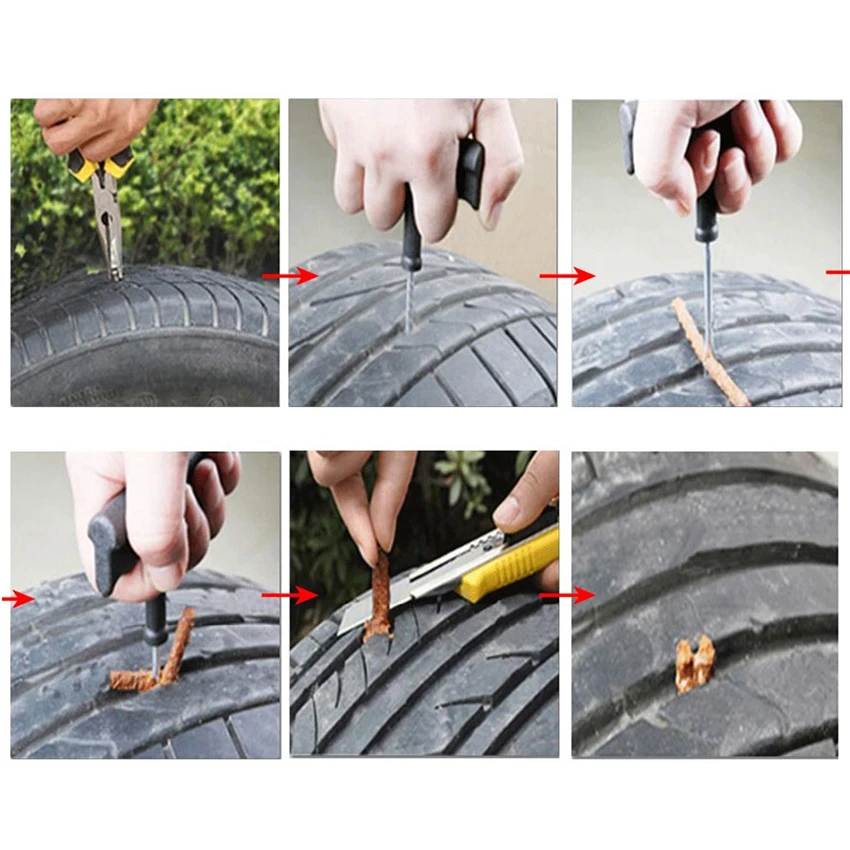 Which of these techniques are effective and safe, and which ones should not be resorted to, says the expert "Behind the wheel".
Which of these techniques are effective and safe, and which ones should not be resorted to, says the expert "Behind the wheel".
If I change wheels, do I need to balance them every season?
Inflating a tire in the city is not a problem. There will always be a thrifty car enthusiast nearby who will lend a compressor. In extreme cases, you can drive to the nearest auto parts store and buy this useful device. But if the need to pump up the wheel caught on a long journey, on a deserted track, you will have to use your ingenuity.
A very banal way is to turn to professionals, that is, truck drivers. The fact is that any truck with pneumatic brakes can supply dried and purified air with high pressure through a hose that a thrifty truck driver always has with him.
Many gas stations now have tire inflators, and perhaps the easiest way is to hitch a wheel to it and return to your car the same way. If all of the above did not work, then read about the tricks that we personally tested for effectiveness:
 Aerosol cans
Aerosol cans Attaching the can (any) to the nipple is not that difficult. The pressure inside the cylinder is 1.8-2.8 bar. It is important that the content does not dissolve the rubber and does not harden, such as building foam.
Here, of course, canisters with compressed air are good, designed for blowing, for example, office equipment. But the internal volume of the wheel of a small class car is about 20-25 liters. For pumping, you will need several boxes of spray cans. Unacceptable!
It is possible to connect the tire valve to the brake master cylinder connection after draining the reservoir. After that, we begin to press the brake pedal as is usually done when bleeding the brakes when replacing the brake fluid. To inflate the wheel, it will take a gigantic number of clicks. Unacceptable!
Connect the hose to the air path after the turbocharger. The boost pressure in the line between the compressor and the intake valves of conventional (non-sport) engines is not enough to inflate the wheel.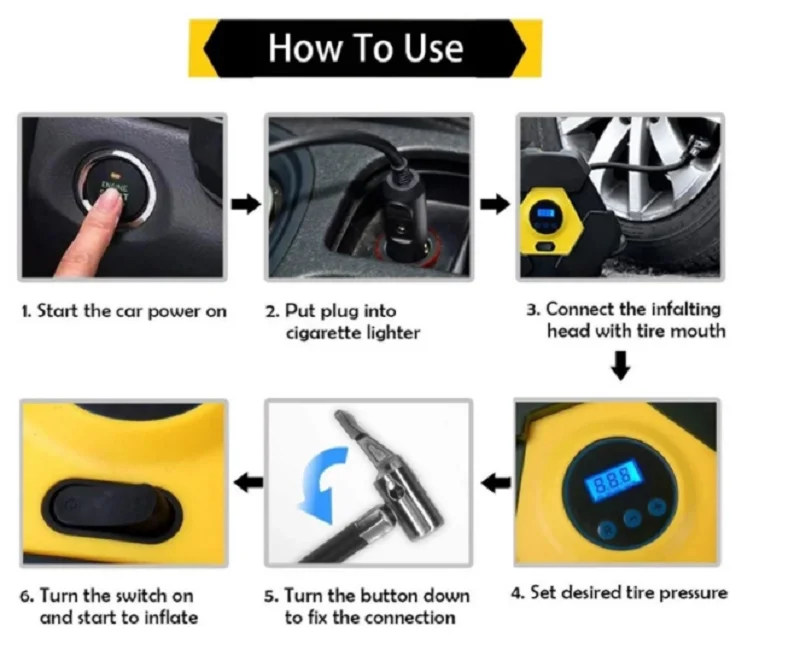 No matter how hard you go, it's unacceptable!
No matter how hard you go, it's unacceptable!
Advanced car enthusiasts know the method of transferring the bead ring over the hump of the rim using an explosion of fuel vapors. The Internet is full of videos on this topic.
It is usually advised to unscrew the spool from the valve. I wonder what will happen if this is not done? We need to keep up the pressure. We conducted an experiment and got an unsatisfactory result. With this method, it is possible to provide not much pressure in the wheel - about 0.2 bar. The method really allows you to brilliantly cope with the task of transferring the sidewall through the hump, but it is not suitable for pumping!
And this is perhaps the most unusual way to inflate a tire. Having carried out an experiment with a large 6-kilogram fire extinguisher, it was possible to raise the pressure by a completely ridiculous amount of a couple of tenths of a bar. And this despite the inverted spool.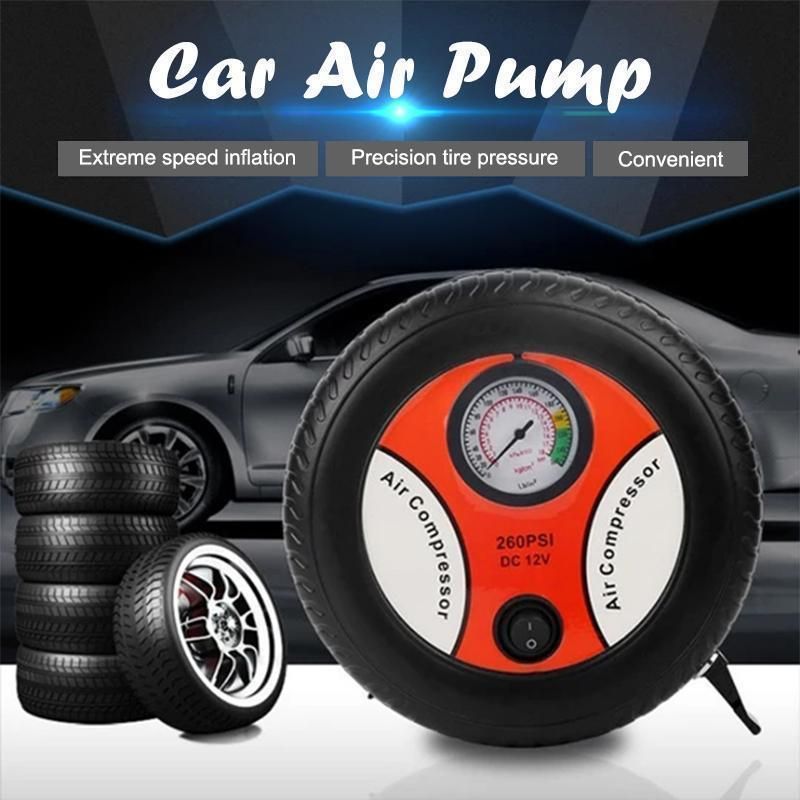 Everything around was covered with a rather nasty powder. Unacceptable!
Everything around was covered with a rather nasty powder. Unacceptable!
The average car owner usually has a powder-type fire extinguisher in the trunk. A powder fire extinguisher of a fairly large volume worked out of hand badly. The wheel has not been pumped up yet.
If you can attach a hose to the exhaust pipe, then you can inflate the wheel in this way. The engine is able to provide a pressure of two or more bar with a sealed exhaust system and if you “give it a gas”. The method is acceptable, but only as a last resort. The fact is that with this method, the catalytic converter, and even the corrugation of the exhaust system, may suffer.
The hardest part was getting the tight connection between the thin hose and the exhaust pipe. A variety of caps from bottles, washers, plumbing drives can go into business. What will be at hand. Electrical tape will help seal the connection.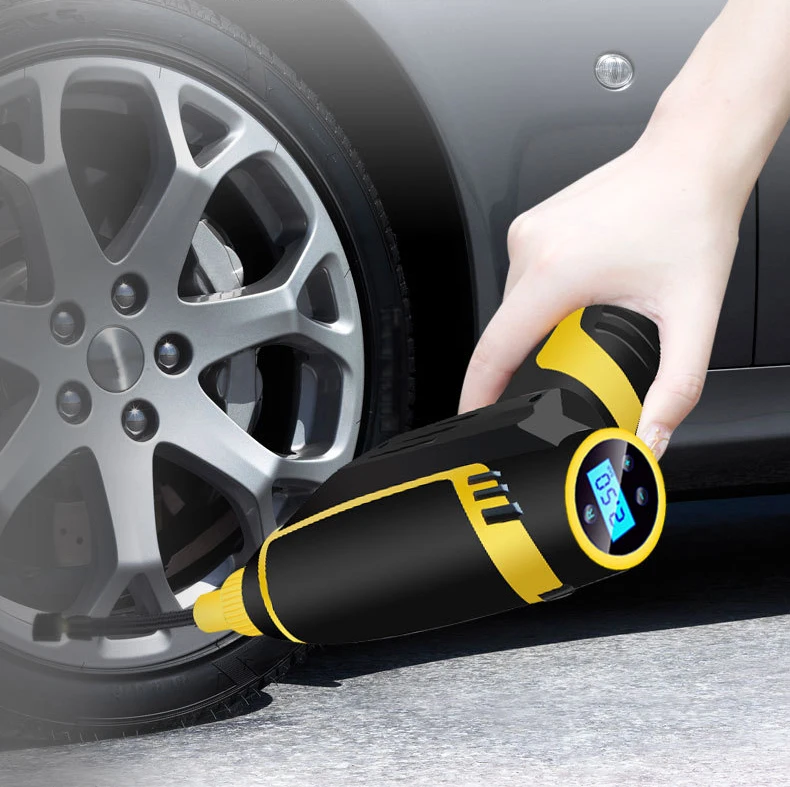
If you want to pump up a wheel, jack the car up! Debunking the Myth
With the help of a hose it is possible to transfer part of the air from the other wheels to the one we need to inflate. The method is complicated, because the valve mechanism will interfere with such a procedure. If we turn out the spools, we risk leaving several wheels without air. But even if you manage to get by with minimal losses, the pressure in all the wheels will turn out to be insufficient. In the best case, 75% of the pressure will remain in the wheels. Without preliminary preparation, which consists in assembling a hose with two tips like those installed on the compressor, we do not recommend trying this method!
***
Alternative ways to inflate tires are complicated, inconvenient, require advance preparation and can damage the vehicle. Therefore, we advise you to always have a serviceable and inflated spare tire.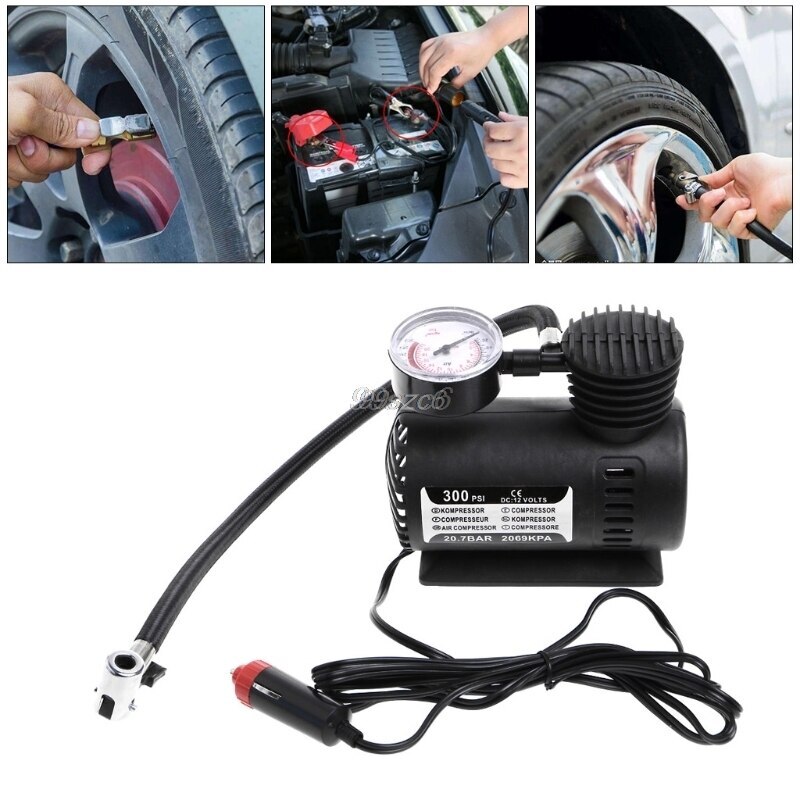 And just in case, you should carry a portable electric compressor with you. Useful not for yourself, but for a less thrifty motorist.
And just in case, you should carry a portable electric compressor with you. Useful not for yourself, but for a less thrifty motorist.
of Article
Good day to all! Every motorist knows about the so-called motorist kit, which must include a compressor, that is, a pump. But sometimes situations arise when you have to look for alternative options for how to pump up a wheel without a pump.
I will say right away that it is not recommended to allow such situations. Only a full-fledged car pump can restore a disassembled wheel, restore the necessary pressure to it and drive further by car at normal speed.
Only a full-fledged car pump can restore a disassembled wheel, restore the necessary pressure to it and drive further by car at normal speed.
Today we will learn about the methods used in the field and at home. They are suitable if you need to pump up the tires of a stroller or a bike. For a bicycle, pumping from a ball gives an excellent result. But for a car, and even more so for pumping on a truck, there is a big doubt about the effectiveness of these methods.
Some car enthusiasts recommend using aerosol cans to inflate a flat tire. Connecting them to the tire nipple is not so difficult.
Here it must be taken into account that often the internal pressure in such cartridges is from 1.8 to 2.8 bar. How much or how little this is depends on the specific wheel that needs pumping. When choosing an aerosol, consider the contents of this can, its composition. Some substances can corrode rubber or harden. That is, the option using building foam is unlikely to work. Only in the most extreme case, when the wheel will be sent to a landfill at the place of arrival.
Only in the most extreme case, when the wheel will be sent to a landfill at the place of arrival.
Most effective from canisters that are used for purge. They are filled with compressed air.
But understand one simple thing here. The internal volume of a car wheel is approximately 20-25 liters. Yes, with the help of compressed air in cylinders, in theory, you can pump up a wheel without a pressure gauge and a compressor. But then you have to spend a few boxes of spray cans.
Next in line is the use of the brake system from your own car.
With its help, it will definitely not be possible to quickly pump up a tire.
The meaning is as follows. It is required to connect the valve from the tire to the fitting of the brake master cylinder on the vehicle. Before doing this, be sure to empty the brake fluid reservoir itself. Then the driver needs to start actively pressing the brake pedal to the floor, release it and repeat these gestures. Similarly, the brake is pumped when the brake fluid is changed. Just get ready for the fact that such a swap will take a whole lot of time and a huge amount of effort.
Similarly, the brake is pumped when the brake fluid is changed. Just get ready for the fact that such a swap will take a whole lot of time and a huge amount of effort.
Acceptability of this method is quite low. Although in terms of safety and efficiency, this is one of the best options when a compressor or hand pump is not available.
Relevant for those who have a turbocharger installed in their car.
Turbocharged cars are quite common, so it would be right to talk about this method.
The trick here is to connect the hose to the air path directly after the turbocharger. But here, too, there is a catch. In theory, there is pressure between the compressor and the intake valves, and quite high. But these values \u200b\u200bare on ordinary machines are still not enough to ensure wheel inflation. No matter how much you press the gas pedal, the pressure inside the tire will not increase. You can get some air in there.
But still, you can't call it a full-fledged pump.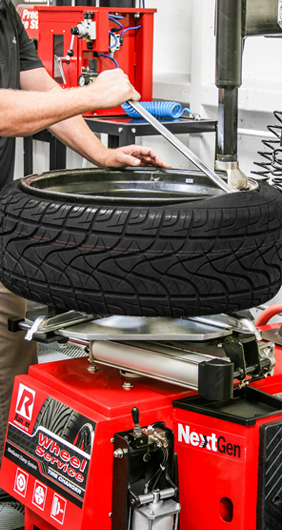
An exception may be sports cars, where there is a really powerful turbocharger. Then there are chances.
There are many videos on the net showing how desperate car enthusiasts, otherwise you can’t call them, inflate car tires without a hose.
They do it with gasoline. Here you will need to unscrew the spool on the valve. Otherwise, the wheel will simply break. The point is to pour a small amount of gasoline into the tire, then set it on fire. When a fiery torch is brought up, the fuel ignites, a lot of pressure appears, which, in theory, should pump up the wheel. But this is just a theory. In practice, things are much worse.
The use of pumping fuel is not recommended. This is extremely dangerous and ineffective. So here it’s better to just watch a video about this method, but in no case do experiments on your own.
When choosing a car fire extinguisher, few drivers thought about using this device for tire inflation.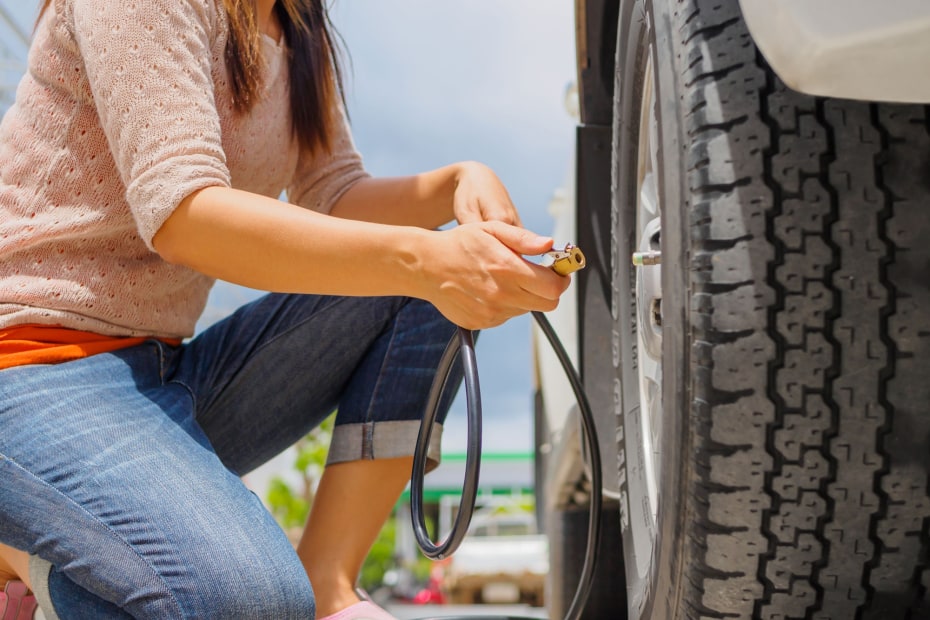
Quite an unusual method that has the right to exist. Numerous experiments with standard 6 kg fire extinguishers gave disappointing results. With their help, it was possible to raise the pressure literally by 0.2-0.5 bar. And this despite the fact that the spool was previously unscrewed.
If most of the methods presented here work on a bicycle, but are unlikely to help much on a car, then the next option is a little different.
Here you will need to connect the hose to the exhaust pipe and the wheel. The engine can indeed create the necessary pressure inside the sealed system, that is, the tires of the car. Just enough to work the gas pedal properly.
However, this method is recommended only as a last resort. Otherwise, you risk damaging the catalyst, or the exhaust gas system. Eliminating the consequences will be very expensive.
And in the end it turns out that it is possible to inflate the wheel without using a compressor or a conventional hand pump.